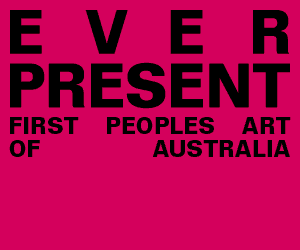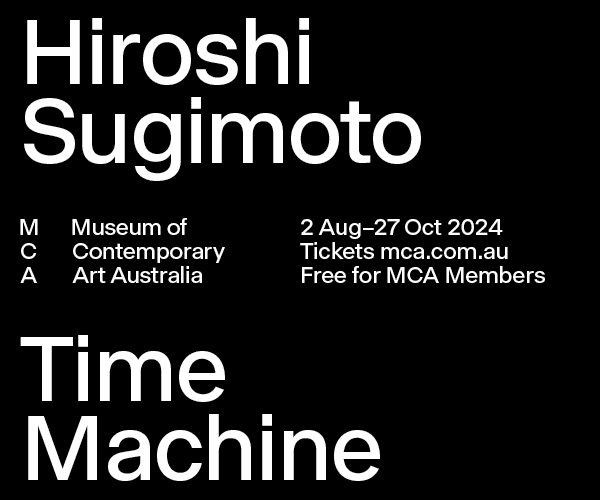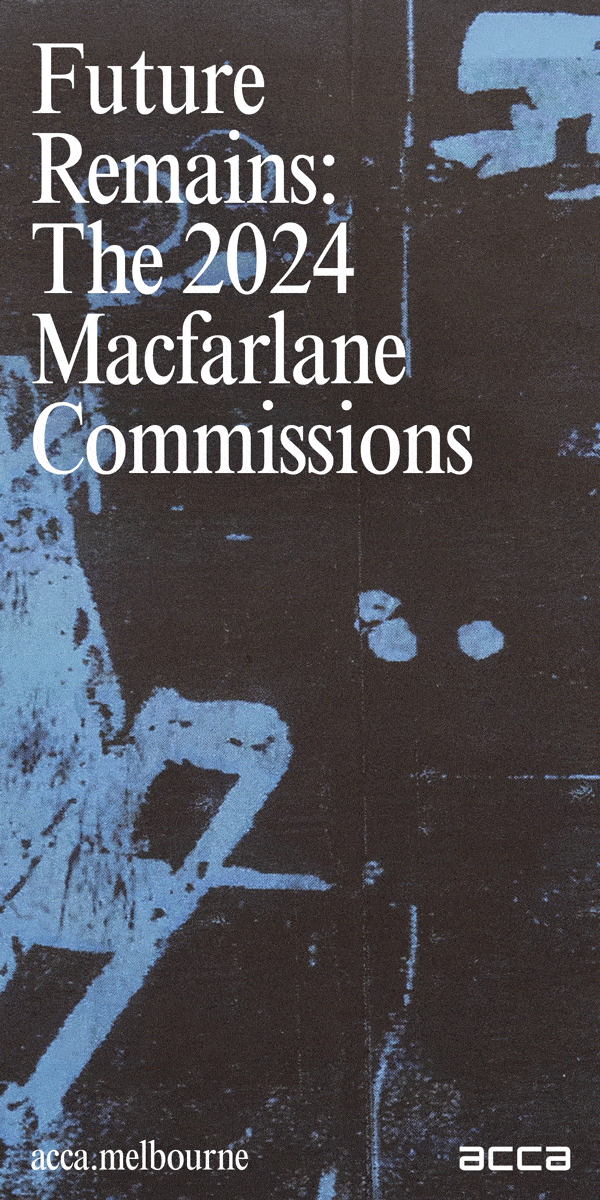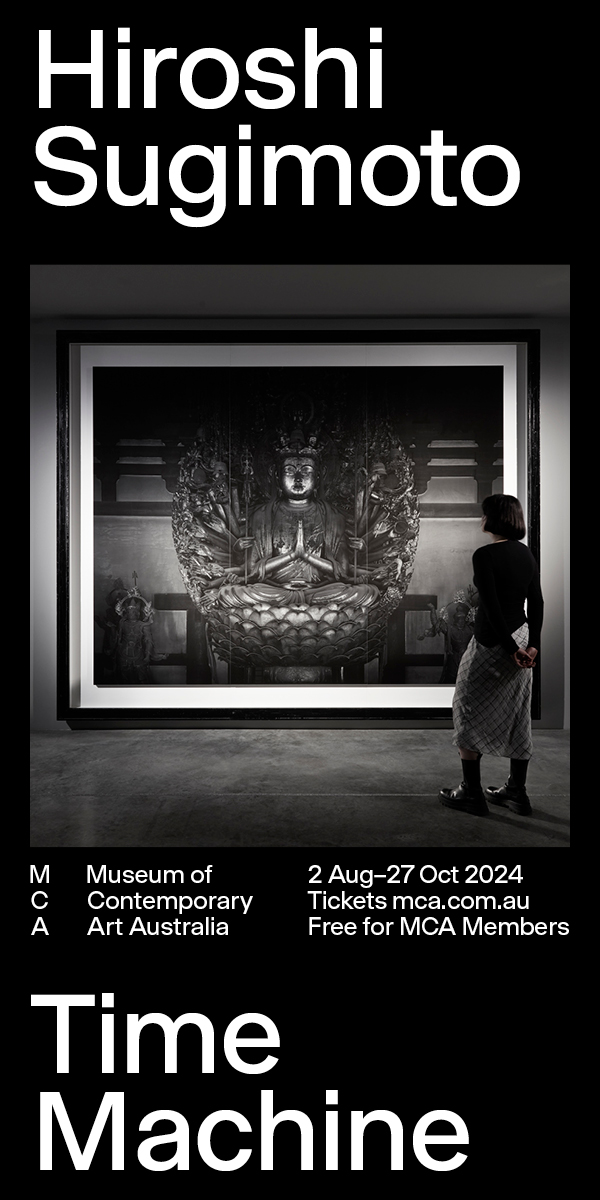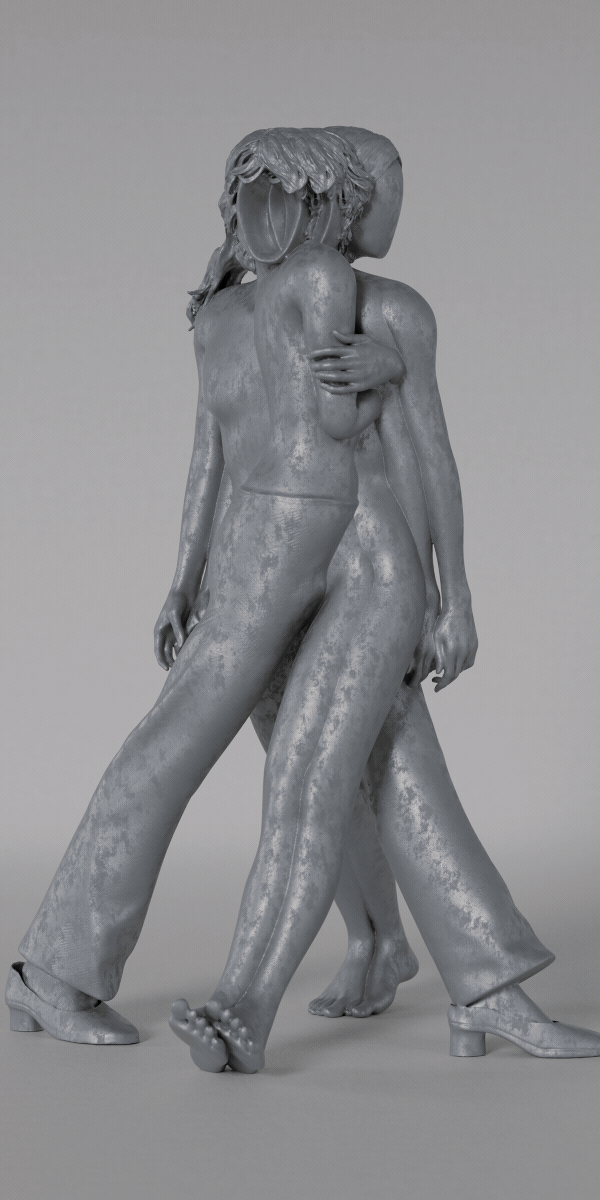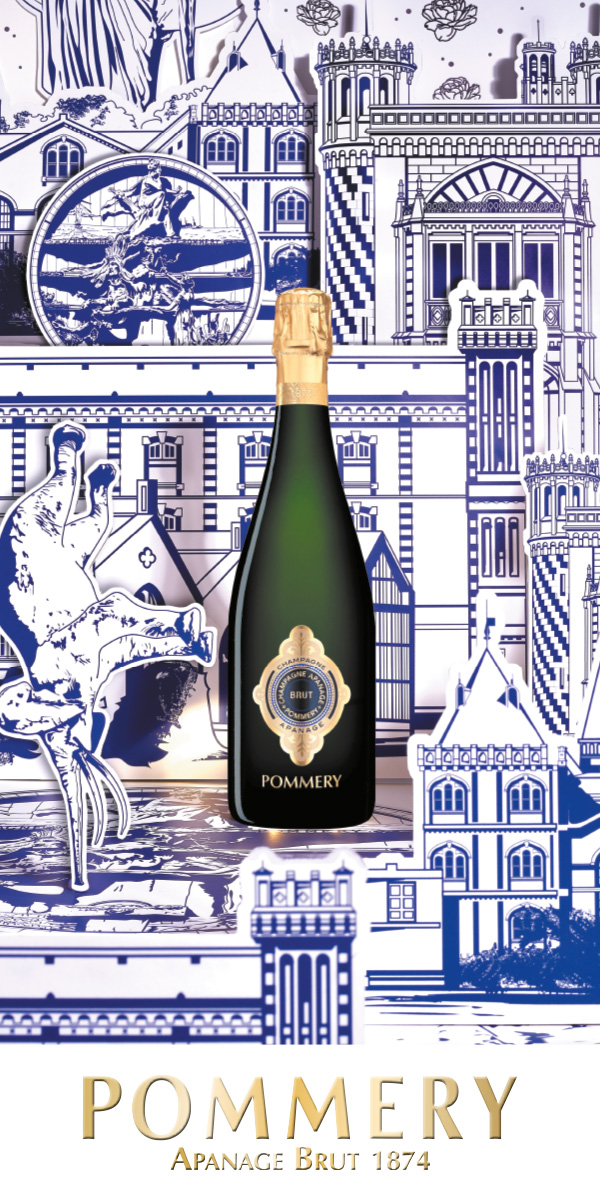MUSUBI Artist Interview Series: Sho Shibuya
In celebration of the 50th anniversary of Cartier’s presence in Japan, the Tokyo National Museum, in collaboration with Cartier, is presenting Half-Century of Cartier in Japan and Beyond: an Everlasting Dialogue of Beauty and Art (MUSUBI in Japanese) at the Hyokeikan. Against scenography by Studio Adrien Gardère celebrating Japanese heritage architecture and design, the right-wing explores Maison Cartier’s dialogue with Japanese culture through the curation of around two hundred pieces from the Cartier Collection (the Maison’s heritage collection), private collections and the Cartier Archives, and the left-wing considers Fondation Cartier’s work introducing many Japanese artists to the European public. VAULT went to Tokyo and spoke to some of the artists involved about the occasion's significance.
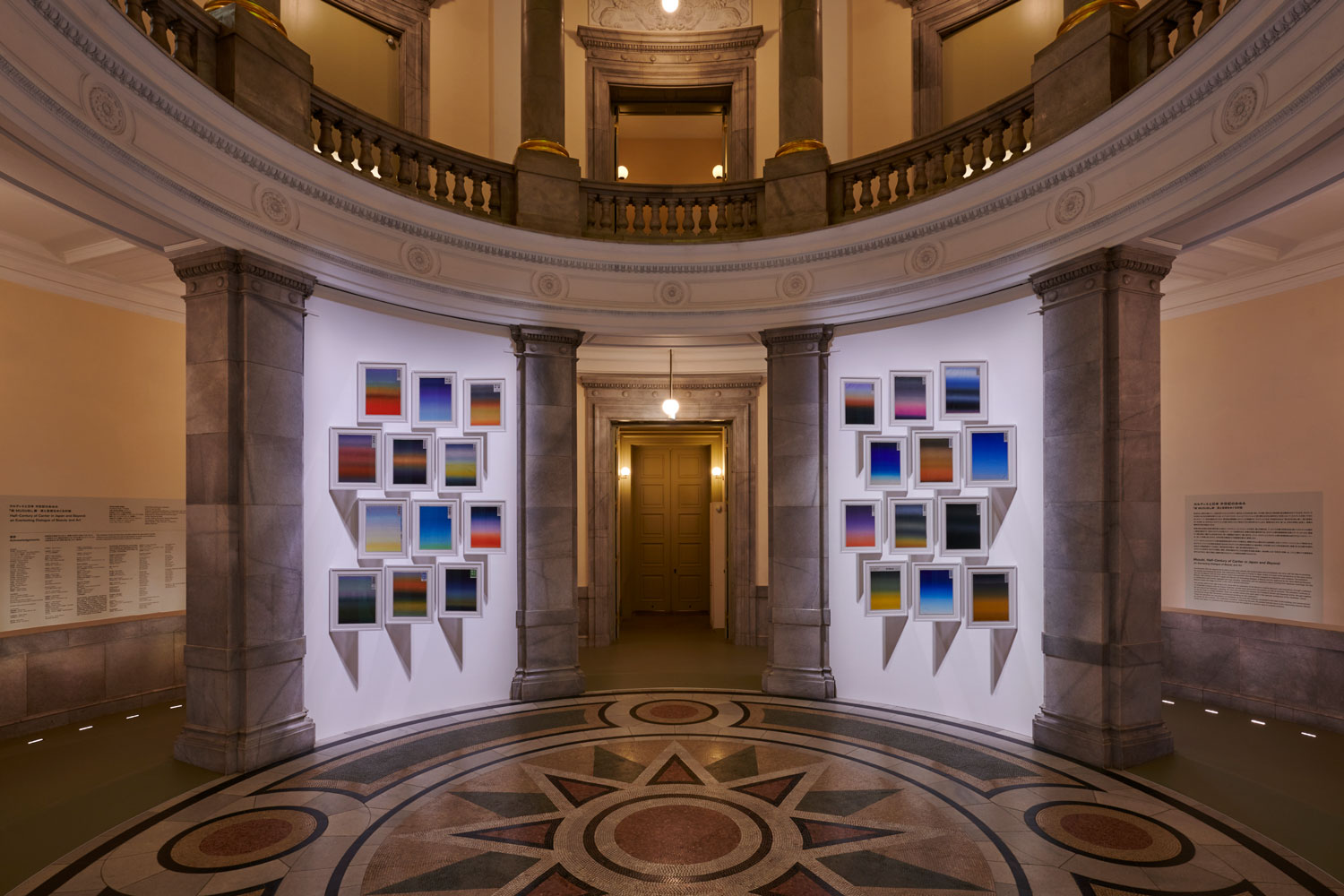
Grace Sandles:
Can you tell us about some of your biggest inspirations in your art practice?
Sho Shibuya:
My biggest inspiration, even from back when I was a graphic designer, is On Kawara. He is a conceptual Japanese artist based in New York known for his “date paintings,” which capture the date of creation through beautiful typography of the date and are then packed into a special box lined with the New York Times or a newspaper from that date. I am inspired by not only the scale but the idea of using a newspaper as evidence of the day he lived and what was happening in the world.
GS:
Can you walk us through your typical day of creating?
SS:
I wake up around 4 or 5 a.m. I don't usually have an alarm; I wake up naturally, and right after I wake up, depending on the season, I climb up a ladder from my apartment and take in the sunrise. I read the newspaper or a New York Times article, and later, I go for a run; I run around three miles every day, and after running, I pick up a new newspaper from the newsstand. The owner Ali is now a close friend. My wife and I cook breakfast and then I paint the newspaper based on the photo of the morning sky I took.
For the work in this exhibition, 50 Sky Views of Japan, I kept this method of going about my day, but instead of only sunrises, I took a photo of the sky at the same time as picking up the newspaper wherever I was as I travelled all local regions of Japan. As I moved from hotel to hotel, I had to set up a new studio space each day.
GS:
What drew you to New York, and what was your experience working as a Japanese artist in such a different culture?
SS:
I never expected to be living as an artist because my background is in graphic design. I moved to New York City from Japan because I wanted to be a better designer, but somehow then the painting started. The work culture in Japan is so different, but then I came to New York City, and people finished work at 5 or 6 p.m., and suddenly, I had a vast time to do something else, and I picked up painting as a hobby. Through drawing every day after work, I developed my current style.
GS:
What is it like as a contemporary Japanese artist living and working in New York to be involved with a French brand with such heritage as Cartier?
SS:
I think I really appreciate their craft. Fondation Cartier has been collaborating with so many Japanese artists for so long, and so many different artists, it’s incredible.
What I do is very classic in a way. I don't use new techniques or AI, just newspapers, the sky and painting. That probably resonates as something fundamental, going back to the origin of art, which is creating by hand. I think that’s a philosophy that is probably aligned with French culture and Japanese culture too.
GS:
Absolutely! This exhibition, which celebrates Cartier's 50-year presence in Japan, is called Half-Century of Cartier in Japan and Beyond: an Everlasting Dialogue of Beauty and Art. Can you tell us what that means to you?
SS:
I think a half-century sounds like a very long time, but actually, it's not. 50 years is a drop of water. I'm about that age and Fondation Cartier is also the same age as I am. It's the early days of having come to Japan, but it’s amazing how much of their jewellery is inspired by old Japanese culture and the work the Fondation Cartier is doing with a lot of Japanese artists. It’s the start of a long relationship, and for me, it’s such an honour to become one of those artists and be invited to create such a unique piece where I got to go on a trip all over Japan to find myself back in my native Japan. That was something meaningful for me. Living far away in New York City… I think distance makes me feel more Japanese than I felt when I was here. I didn't realise how beautiful some of the art and design and the craft was until after I moved. And thanks to Cartier, I got to come back and discover and learn so many beautiful things about my own culture.





